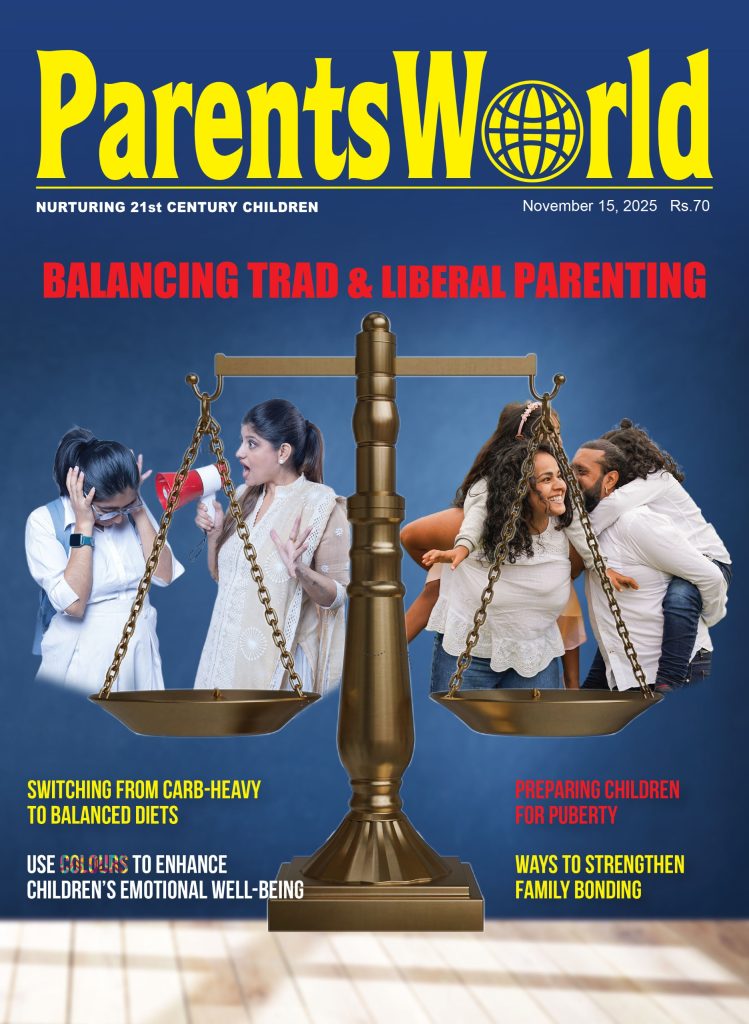South Korea: Internationalisation Drive

Foreign students in Korea: more than welcome
Foreigners are among the more than 4,000 who make up Yonsei University’s 39,000-strong student body, their presence attesting to the fact that Yonsei’s name, hallowed in Korea, carries weight far outside the country, too. Known as one of the troika of the nation’s top “SKY universities” (alongside Seoul National and Korea universities), Yonsei is both highly funded and heavily oversubscribed — an administrator’s dream come true. But elsewhere in Korean higher education, things are not so peachy.
Last spring, news headlines warned of “zombie universities”, near-empty campuses that continue to operate despite inevitability of ultimate closure. Official figures don’t offer much cheer either, with Korea’s Ministry of Education identifying 84 financially insolvent institutions that need to shut down.
And there are even greater challenges in the pipeline. By 2040, the number of Korean students eligible to enter university will drop to 280,000 — 39 percent down from 460,000 in 2020, according to the Korean Council for University Education (KCUE), the representative association of four-year universities. Like neighbouring Japan, Korea suffers from a low birth rate and ageing population. But here, the demographic cliff is much steeper.
Indeed, demographic decline has already put scores of universities out of business and there are calls for the government to help others shut down gracefully, perhaps by buying their land so that they can afford to offer severance pay to faculty and staff. If they are to avoid that fate, many others will have to grapple with a rapidly shifting enrolment landscape, on top of adapting to highly disruptive new technologies and the 180-degree policy pivots typical of the country’s change-loving political leaders.
With nearly 74 percent of Koreans enrolling in higher education, it’s unlikely that more domestic learners can be lured into the sector. The focus, then, must be on admitting more foreigners, academics and policymakers broadly agree. But while this seems an obvious — if not a complete — remedy, the path to internationalisation is far from straightforward.
Last summer, the government published a plan to recruit thousands more international students by 2027. The Study Korea 300,000 initiative plans to make Korean universities more globally competitive and to increase overseas enrolment by more than a third, from the current estimated 180,000. But some scholars feel this is an arbitrary and unrealistic goal.
Jun Hyun Hong, a professor in the School of Public Service at Seoul’s Chung-Ang University (CAU) and adviser to the government on the initiative, believes the aspiration is “unsustainable” because it puts production-like emphasis on output without fully understanding the complex human interactions behind them. “I always say that education now is considered part of industry,” he previously told Times Higher Education. “This is an industrial view; this is not an education view.”
Hong is worried that without ensuring quality of education, a push to significantly increase the number of international students in Korea could ultimately backfire. Others argue that without institutional targets, it will be very hard to get all universities on board. But even critics of the scheme, including Hong, acknowledge the urgent need for Korean institutions to bring in more international students. And, across the sector, there are signs of changes under way to do just this.
In December, for instance, Korean media reported that Namseoul University, a private university in Cheonan, 85 km from Seoul, had become the first domestic institution to be certified by the International Baccalaureate Organisation to train educators for the IB diploma, which is undertaken in schools around the world. The university has also launched various Master’s degrees aimed at international students, including global techno entrepreneurship and international education.
Joonghwa Kim, director of the international office at Ajou University, a highly regarded institution based in Suwon, just 30 km south of Seoul, marvels at the recent pace of change — and the increase in overseas demand for Korean degrees. “It’s something we could not have imagined ten years ago,” he says. “Then, every Korean was trying to go out — now, every outside student is trying to come in.”
Like others, he credits the huge popularity of Korea’s cultural exports: K-culture, which includes popular novels and TV dramas, K-pop music, fashion and food. At Ajou, a large portion of overseas students take Korean literature and IT, the latter popular with the South-east Asians looking to move to Korea for higher-paying jobs.
















Add comment